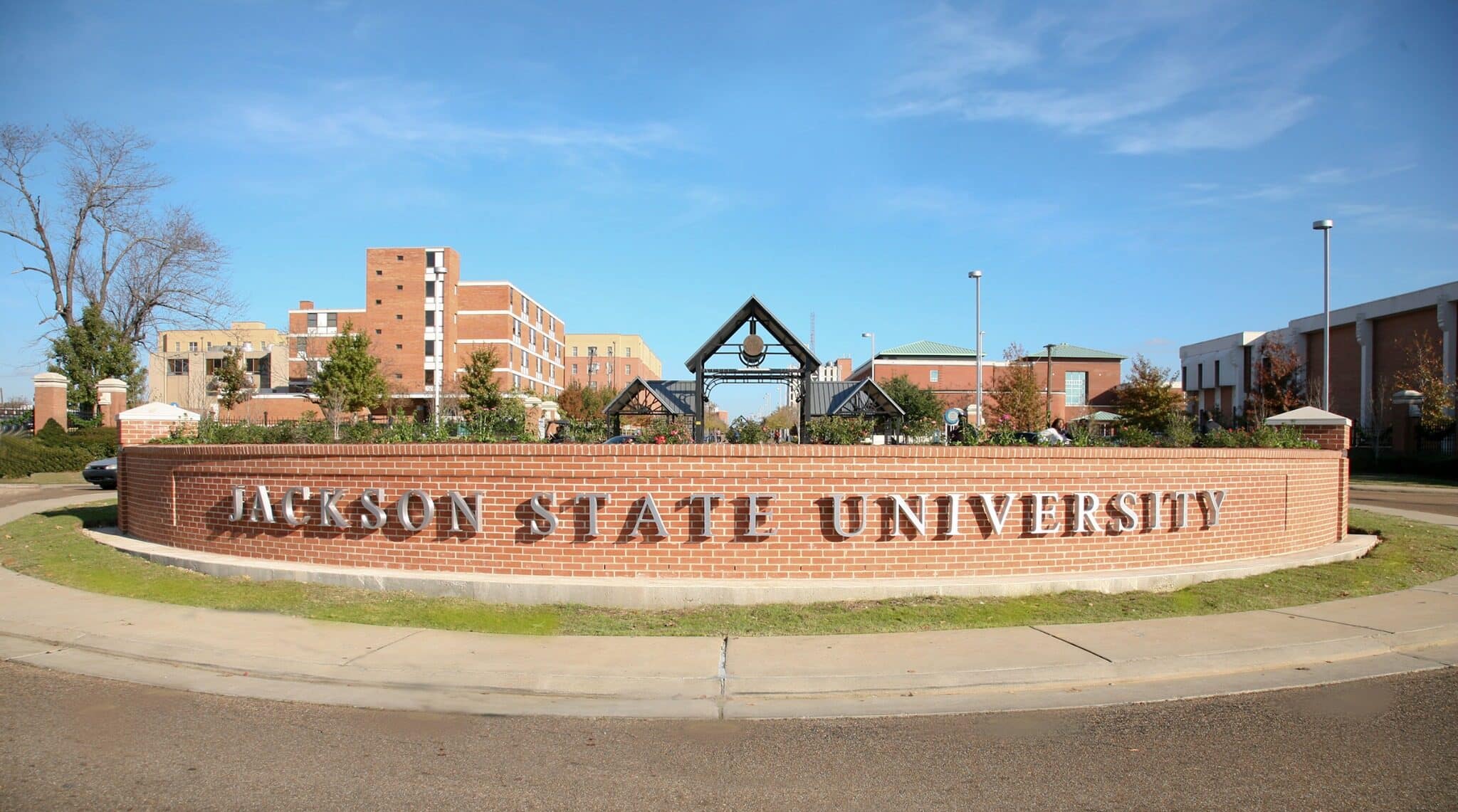This article first appeared on the Magnolia Tribune.

Jackson State University (Photo from JSU Facebook)
In early June, we had the distinct pleasure of joining a group of inspiring young minds at a STEM summer camp, hosted by Jackson State University and Rice University’s Tapia Center, and sponsored by ExxonMobil. What the students experienced went beyond theoretical discussions by incorporating guided experiments, hands-on activities, and instruction from industry experts in carbon capture and storage (CCS), an industry that promises to benefit our state’s workforce and economy for decades to come.
The camp convened 60 remarkable students from across Mississippi on the Jackson State campus, at no cost to their families, for a week-long immersion in science, technology, engineering, and mathematics. The attendees learned how to simulate an underground reservoir model that stores carbon dioxide using household items like beans, Play-Doh, pasta, and vegetable oil. Through this exercise they learned first-hand how we can use modern technology and our state’s geology to reduce airborne pollutants. They also gave presentations summarizing everything they learned during the camp.
Beyond the Classroom: Experiential Learning with Carbon Capture Technologies
Opportunities like these are more than just educational experiences – they are windows into the future. For the students, they provided a glimpse into what a future career in the STEM fields might look like. These unique insights are crucial, particularly for students from underserved communities, to illuminate a career pathway in a growing field that could transform their lives. Meanwhile, as attendants representing the communities we serve in the Mississippi House of Representatives the event offered a promising outlook into what a future fueled by CCS might look like in our state.
So, what is carbon capture and storage? The process is inspired by the same fundamental concepts the students saw when building models out of Play-Doh and beans – capturing carbon from industrial facilities and injecting it deep underground for permanent safekeeping. CCS projects typically capture carbon through a chemical process inside the fence of an existing power generation or manufacturing facility, then transport it via pipeline to injection wells that send it at least a half a mile or more underground, far below the surface, into unique rock formations that safely retain it. This process is remarkably effective at reducing emissions, with studies showing that it can help industrial facilities like manufacturing hubs and oil and natural gas refineries cut their CO2 emissions by up to 90%.
These reductions will help to support underserved communities throughout our state, which have historically faced disproportionate climate impacts. However, CCS will not just help our state’s communities by cleaning up our air but also create a wealth of new opportunities.
As industry partners like ExxonMobil continue to make significant long-term investments in our communities, they are signaling a future in which Mississippi could become a leader in carbon capture. With the right tools in place, we will be positioned to attract the next multi-billion-dollar manufacturer to our state and allow existing industries to compete globally for customers that want low-carbon products. By responding to this new market, we could create tens of thousands of new jobs and maintain the facilities that already provide economic opportunities for hard-working people across Mississippi.
If we learned one thing from our time at the STEM summer camp at Jackson State, it is that CCS will play an essential role in Mississippi’s future. By prioritizing CCS and working with industry partners, we are committing to a cleaner and more sustainable future for the Magnolia State and the advancement and prosperity of underserved communities statewide.
This article first appeared on the Magnolia Tribune and is republished here under a Creative Commons license.
Read original article by clicking here.

